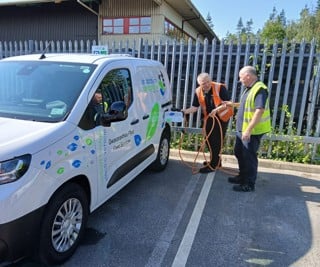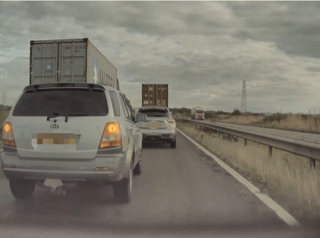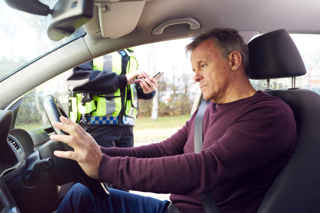Companies could be wasting money on training by incorrectly assessing drivers as high risk when it is other drivers on their fleet who could benefit most from additional instruction, according to E-Training World.
Graham Hurdle (pictured), managing director of E-Training World, believes that many firms that automatically identify their at-work drivers as high risk due to points on their licence, a recent accident or even because they haven’t had their eyes tested recently could be miss-directing their resources.
He suggests that this simplistic approach, which then automatically leads to extra training, may seem logical but rarely categorises drivers correctly.
“We often come across companies who undertake risk assessments but find that their drivers have been classed as high risk based on one or two opening questions,” he said.
“By stating that they fall into certain categories, such as points on their licence or not having had their eyes tested in the last year, causes some systems to instantly mark that driver as high risk and, subsequently, put them forward for on-road training.”
The reality, adds Hurdle, is that genuinely high risk drivers are less safe on our roads due to factors such as poor hazard perception skills, a lack of observation, poor knowledge and a bad attitude.
“Put it this way, would you feel more or less safe in a car driven by someone with three points on their licence but otherwise seems to be driving perfectly okay than someone who you constantly thought wasn’t noticing dangerous hazards and had little idea of what road signs meant?”
Pushing either the wrong drivers into a high risk category, or too many drivers, has numerous negative implications.
“Not only are businesses focusing additional training on the wrong people, they are also overspending on defensive driver training," said Hurdle. " In fact if more than 10 to 15% of fleet drivers are coming out high risk I would challenge why.
“In addition, managers are in danger of disengaging their drivers from the overall duty of care process, because many perfectly good drivers who are being told they are high risk and require training feel aggrieved and then blame the risk process. This develops into negative in-house publicity and can lead to a large majority of drivers not buying into a very important area for any fleet department.”



















Andy Neale - 04/03/2014 12:37
I agree with Graham in many respects but the real issue is "can any computer programme" properly identify high risk drivers? Back in the days before computers many fleets trained all of their drivers and coincidentally saved a fortune by drivers having fewer crashes, reduced insurance premiums, using less fuel, etc. Proactive Driver Risk Management is what is required and not merely a computer programme that may/may not make a company legally compliant in their Duty of Care. All DRM should be seen as a way of saving money and an investment that very quickly justifies the spend and produces a significant return.